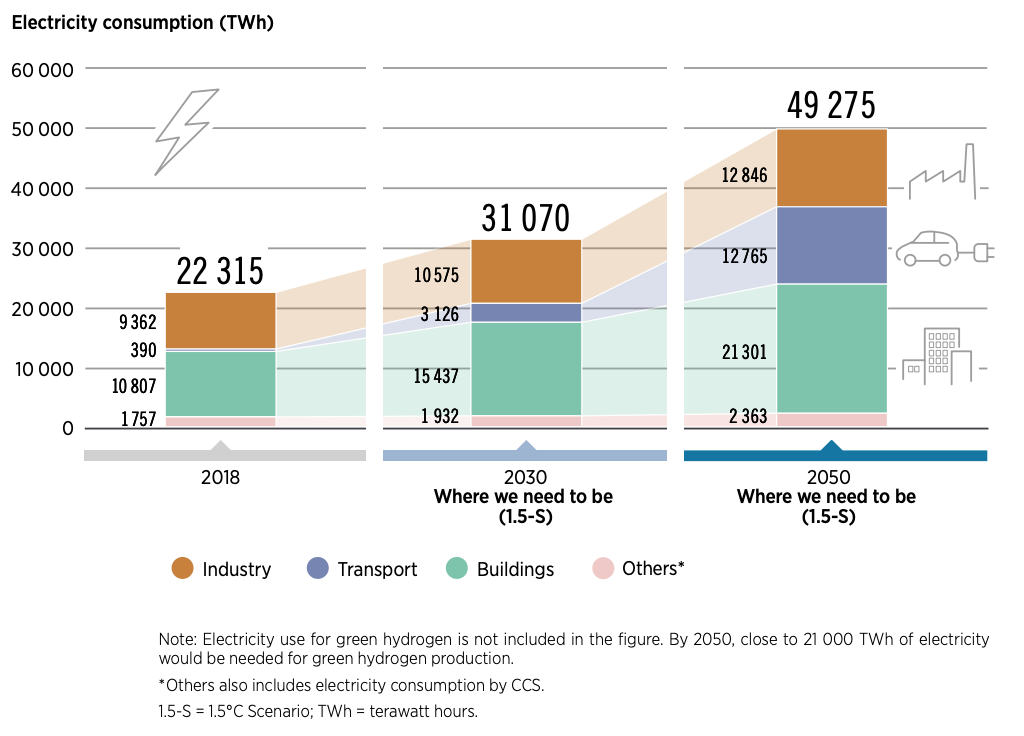Planned investment for energy transition around the world must scale 30%, to a total of $131 trillion by 2050, in order to avoid a climate and planetary catastrophe, the International Renewable Energy Agency estimates on its latest World Energy Transition Outlook.
Firstly, a massive scale up in hydrogen production will also be crucial to cap the rise in the average global temperatures at 1,5 degrees Celsius.
Secondly, “decarbonized power systems that are dominated by renewables; increased use of electricity in buildings, as well as industry and transport to support decarbonization” will further expand the transition.
Thirdly, Francesco La Camera, director-general of IRENA, said that widening the investment for those technologies is the most certain scenario to achieve all the goals set in the Paris Agreement. “The gap between where we are and where we should be is not decreasing but widening.” He remarked.
He also added: “We need a drastic acceleration of energy transitions to make a meaningful turnaround. For many countries, this translates a technical and economic challenge into a set of investment, regulatory and societal actions.”
Also recommended for you: Adapture completes 13 MW solar project in top oil county in Texas


Hydrogen, key for energy transition in hard-to-electrify sectors
Moreover, the report found that fossil fuel consumption will fall by more than 75% by 2050; with oil and coal presenting the more drastic plunges. Consequently, by that year, electricity will be the main energy source, with over 50% direct share of total final energy use; up from 21% of the final use today.
In addition, the report highlights. “By 2040 coal generation would be a quarter of today’s level; eventually would be phased out by 2050. The remaining 10% of total power generation in 2050 would be supplied by natural gas (around 6%); and nuclear (around 4%). Notably, variable renewable sources like wind and solar would grow to 63% of all generation in 2050.”
However, green hydrogen production will be crucial for the transition; as “green hydrogen can be produced at costs competitive with blue hydrogen by 2030, using low-cost renewable electricity. If rapid scale-up occurs in the next decade, the cost of green hydrogen will continue to fall below USD 1.5/kilograms (kg).”
Finally, “Hydrogen will offer a solution to industry and transport needs that are hard to meet through direct electrification; mitigating close to 12% and 26% of CO2 emissions, respectively, in the 1.5°C Scenario. Today, around 120 metric tons (Mt) (14 EJ) of hydrogen are produced annually but almost all of this comes from fossil fuels.”

